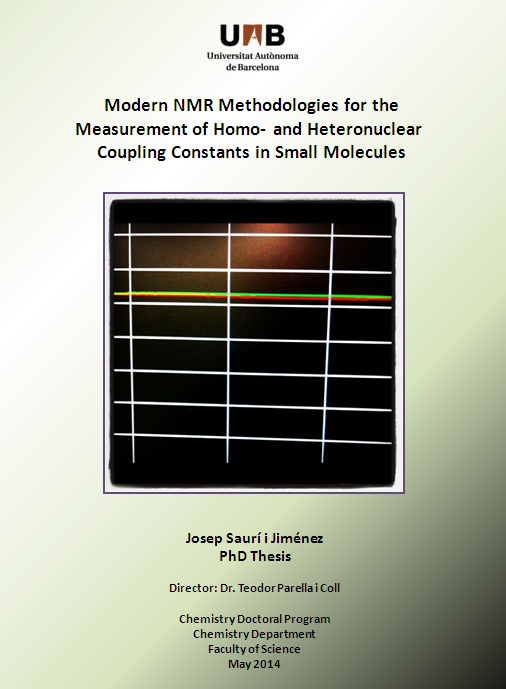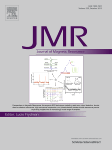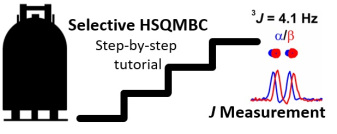
How to measure long‐range proton‐carbon coupling constants from 1H‐selective HSQMBC experiments, by Josep Saurí, Pau Nolis and Teodor Parella. Magn. Reson. Chem. 2019. Early View, DOI: https://onlinelibrary.wiley.com/doi/10.1002/mrc.4928
Heteronuclear long‐range scalar coupling constants (nJCH) are a valuable tool for solving problems in organic chemistry and are especially suited for stereochemical and configurational analyses of small molecules and natural products. This tutorial will focus on the step‐by‐step implementation of several 2D 1H frequency selective HSQMBC experiments for the easy and accurate measurement of either the magnitude or both the magnitude and the sign of long‐range nJCH couplings. The performance of these experiments will be showcased with several scenarios in a range of different experimental conditions.
Bruker pulse program code for selHSQMBC experiments available here.
Bruker pulse program code for selHSQMBC-TOCSY experiment available here.
Strychnine dataset examples available here.
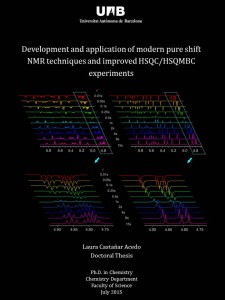
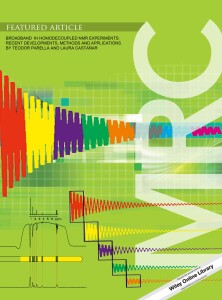
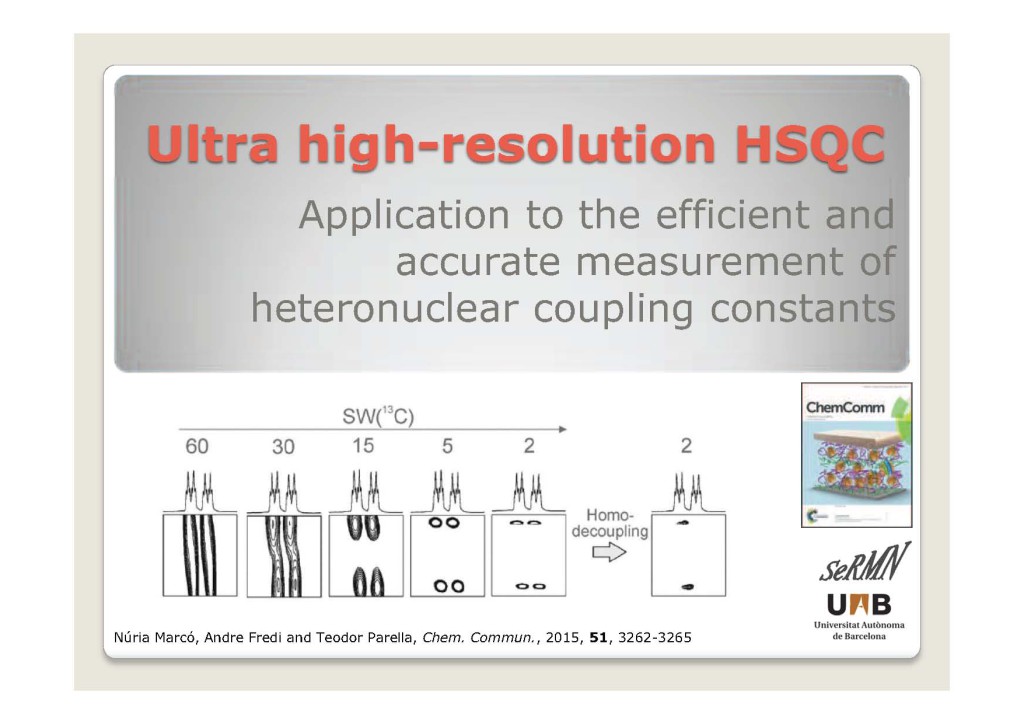
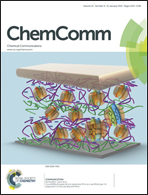 “Ultra high-resolution HSQC: Application to the efficient and accurate measurement of heteronuclear coupling constants” by Núria Marcó, Andre Fredi and
“Ultra high-resolution HSQC: Application to the efficient and accurate measurement of heteronuclear coupling constants” by Núria Marcó, Andre Fredi and 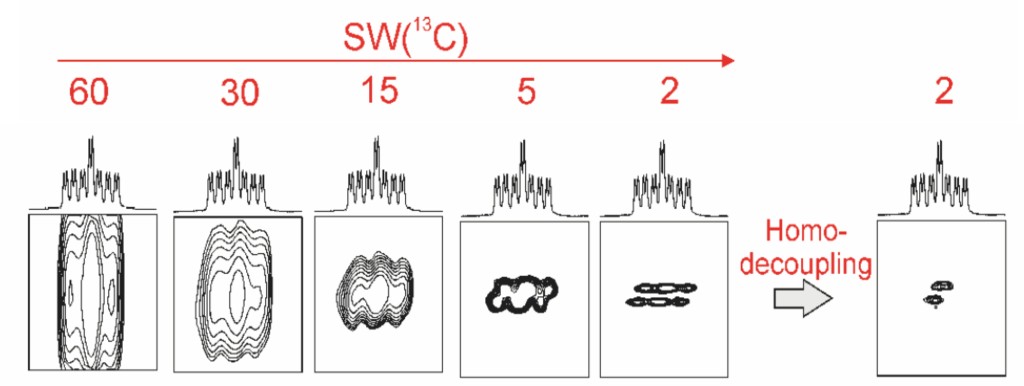
 “Suppresión of phase and amplitude JHH modulations in HSQC experiments” by
“Suppresión of phase and amplitude JHH modulations in HSQC experiments” by  -Phase Heteronuclear Correlation NMR Experiments ” by
-Phase Heteronuclear Correlation NMR Experiments ” by 
